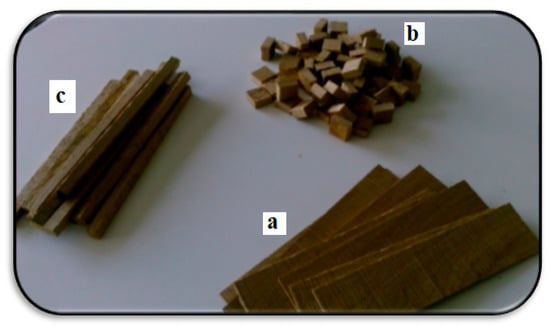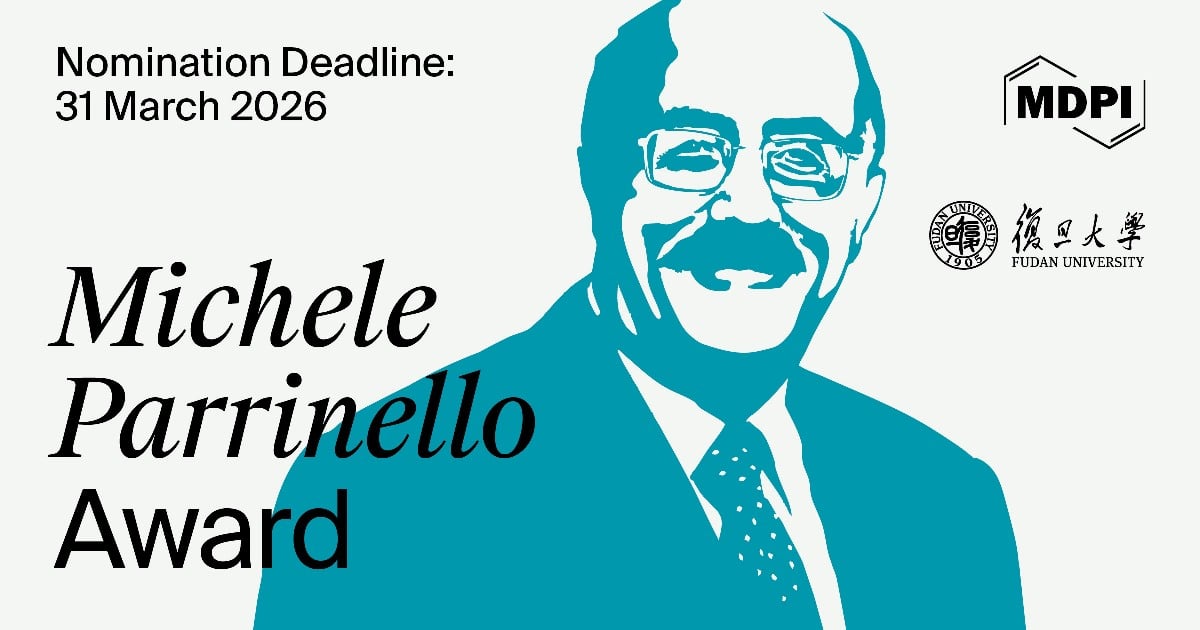-
 Understanding the Sensory Influences of Oak in the Production of Smoke-Affected Wines: A Case Study with Cabernet Sauvignon
Understanding the Sensory Influences of Oak in the Production of Smoke-Affected Wines: A Case Study with Cabernet Sauvignon -
 Functional Non-Alcoholic Beer Fermented with Potential Probiotic Yeasts
Functional Non-Alcoholic Beer Fermented with Potential Probiotic Yeasts -
 Exploring Visualization of Beverage Consistency Through 2D and 3D Imaging Methods
Exploring Visualization of Beverage Consistency Through 2D and 3D Imaging Methods -
 Childhood Obesity and Its Physiological Association with Sugar-Sweetened, Free-Sugar Juice, and Artificially Sweetened Beverages
Childhood Obesity and Its Physiological Association with Sugar-Sweetened, Free-Sugar Juice, and Artificially Sweetened Beverages -
 Neuroprotective Effects of Wine Polyphenols in Alzheimer’s and Parkinson’s Diseases: A Review of Risks and Benefits
Neuroprotective Effects of Wine Polyphenols in Alzheimer’s and Parkinson’s Diseases: A Review of Risks and Benefits
Journal Description
Beverages
- Open Access— free for readers, with article processing charges (APC) paid by authors or their institutions.
- High Visibility: indexed within Scopus, ESCI (Web of Science), FSTA, CAPlus / SciFinder, PubAg, and other databases.
- Journal Rank: CiteScore - Q2 (Food Science)
- Rapid Publication: manuscripts are peer-reviewed and a first decision is provided to authors approximately 24.1 days after submission; acceptance to publication is undertaken in 6.6 days (median values for papers published in this journal in the first half of 2025).
- Recognition of Reviewers: reviewers who provide timely, thorough peer-review reports receive vouchers entitling them to a discount on the APC of their next publication in any MDPI journal, in appreciation of the work done.
- Journal Cluster of Food, Nutrition, and Health Science: Beverages, Dietetics, Foods, Nutraceuticals, Nutrients and Obesities.
Latest Articles
E-Mail Alert
News
Topics
Deadline: 31 December 2025
Deadline: 31 March 2026
Deadline: 18 April 2026
Deadline: 30 April 2026
Conferences
Special Issues
Deadline: 15 December 2025
Deadline: 31 December 2025
Deadline: 31 December 2025
Deadline: 15 January 2026




























